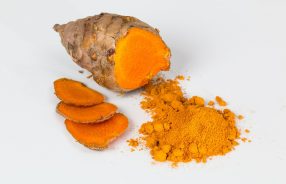The Use of Art and Music Therapy in Substance Abuse Treatment Programs PMC
This splash is not just in the addiction recovery field, it is also showing promising benefits in the treatment of Alzheimer’s, Parkinson’s, stroke, and depression. Music can be an excellent tool for calming the mind providing a way to manage stress. You don’t need special tools or a deep understanding of the arts to get started in an art therapy program for substance abuse disorders. To start art therapy and really have the program make a difference, patients need to be committed to getting clean and staying sober. Facing the possibility of life without drugs and alcohol can be scary, but it is the best way for you to move forward.
Draw an illustration for your favorite fairy tale. The exercise provides an opportunity to become aware of your real experiences. A drawing is created when paint is added to a non-dried background and art therapy for addiction ideas shaded with a sponge or a wide brush. In this way, it is convenient to draw sunrises and sunsets, as well as the coloring of animals. This exercise develops imagination, relieve emotional stress.
How to Find an Art Therapist Near You
You don’t need to be an artist to benefit from art therapy. In fact, most of the exercises do not rely on the end result that you create, but on the therapeutic effect of the ritual of the creative process itself. If you are intrigued by the possibility of relaxation through your artistic imagination, then this list of 100 art therapy exercises is just for you. Art therapy in recovery is not limited to any age group or socioeconomic class.
- Next, I tell them to put the box together.
- Each of these art projects is a great part of a journey toward recovery and can be completed in a residential treatment center.
- That barrier can be breached with methods of expression they understand a little better, like drawing and coloring.
- From pieces of dough, mold a sculpture of a person and the planet of his treasures.
- Instead, this approach focuses on the process of creating and what it reveals about the individual.
- Additionally, by promoting focus and clarity, art therapy ideas for adults in recovery are good for their brain’s health.
Art therapy is a valuable and effective form of treatment for addiction, as it allows you to express your emotions healthily and creatively. It has many benefits, including providing an outlet for self-expression and helping with personal discovery. Art therapy, which is overseen by a trained therapist, is an effective therapeutic technique. This form of therapy has the potential to positively impact the creator’s well-being by alleviating and improving mental, emotional and physical challenges. Creating art is especially effective for individuals dealing with mental disorders as well as drug and alcohol addictions. Use a single color to express the emotions you’re feeling and create art by finding images with that color, writing with that color, and painting with that color, and then collaging with those items.
In This Article
For many of us, artistic expression provided the key we needed to unlock new ways to improve our mental state. Recovery lasts a lifetime, and it can thus be a lengthy journey, but it’s a journey worth taking. Art is just one of the powerful tools you can use to improve your recovery journey and prepare to move forward into a life free from substance use. People who cannot explain their thoughts or feelings to a therapist or group can benefit from addiction recovery art, which may help them break through and gradually begin to discover the words.





